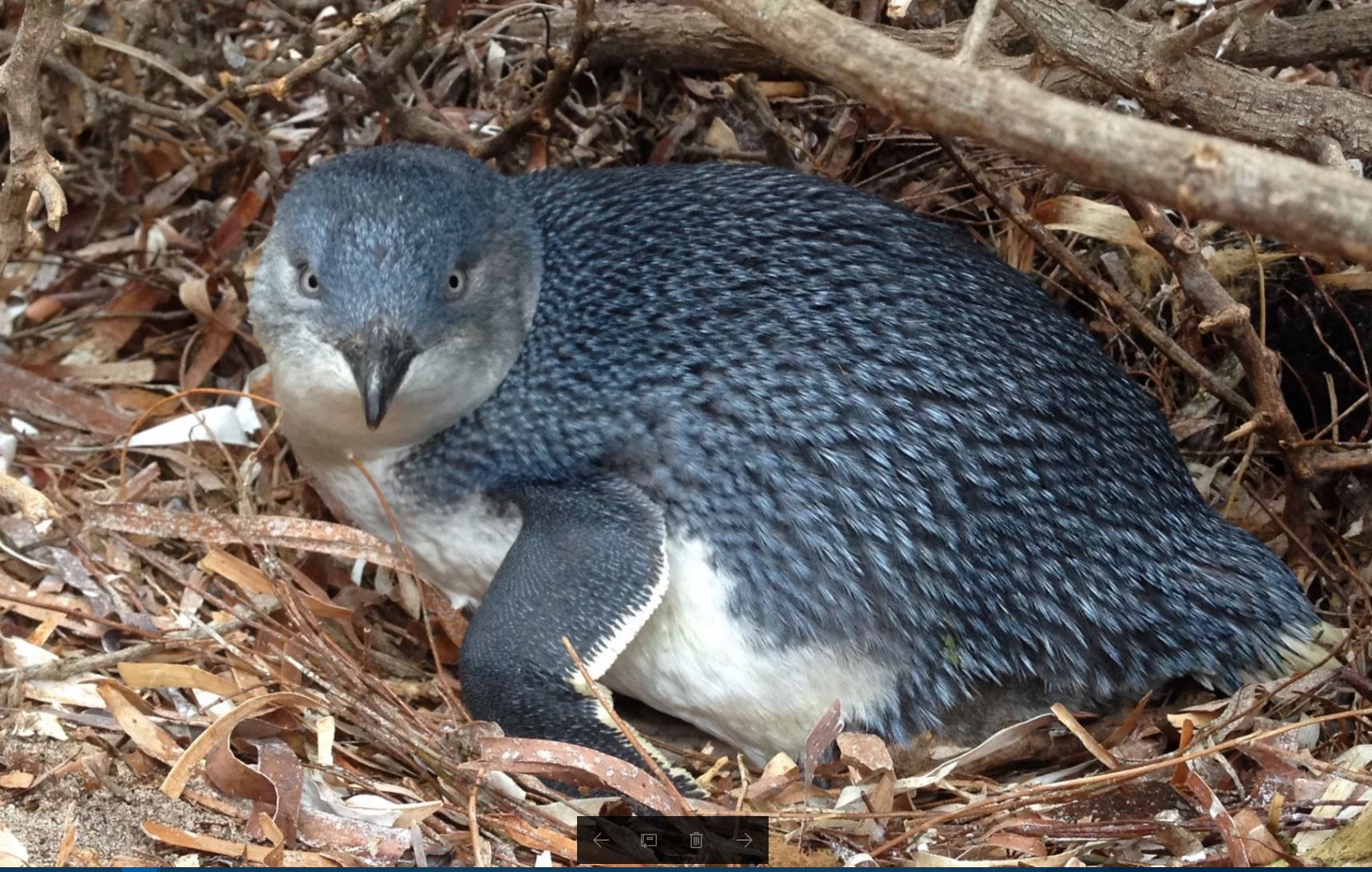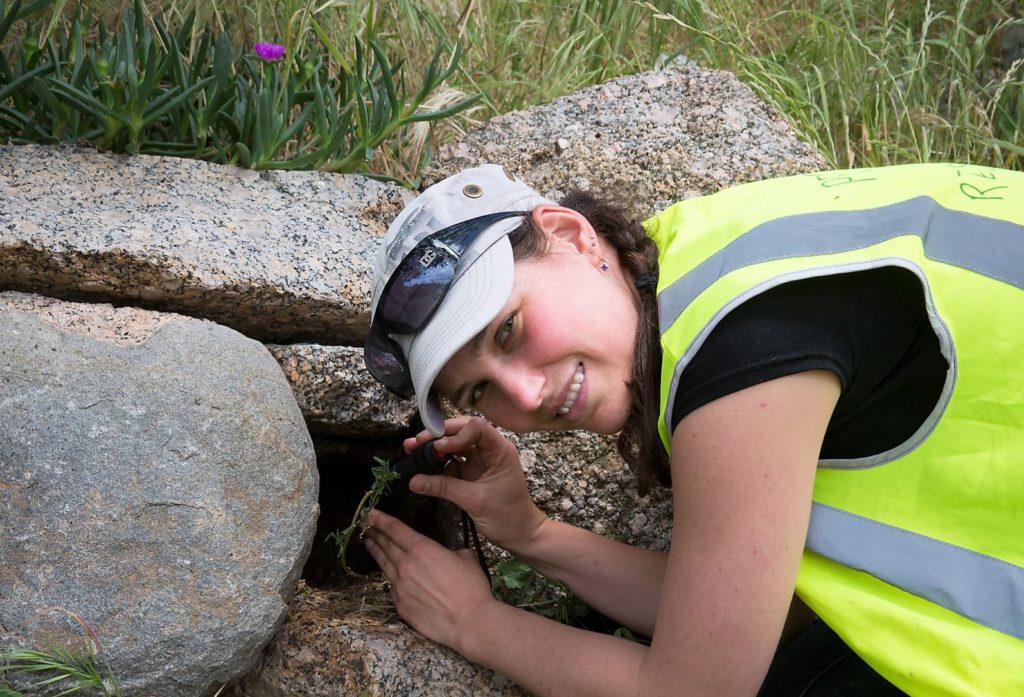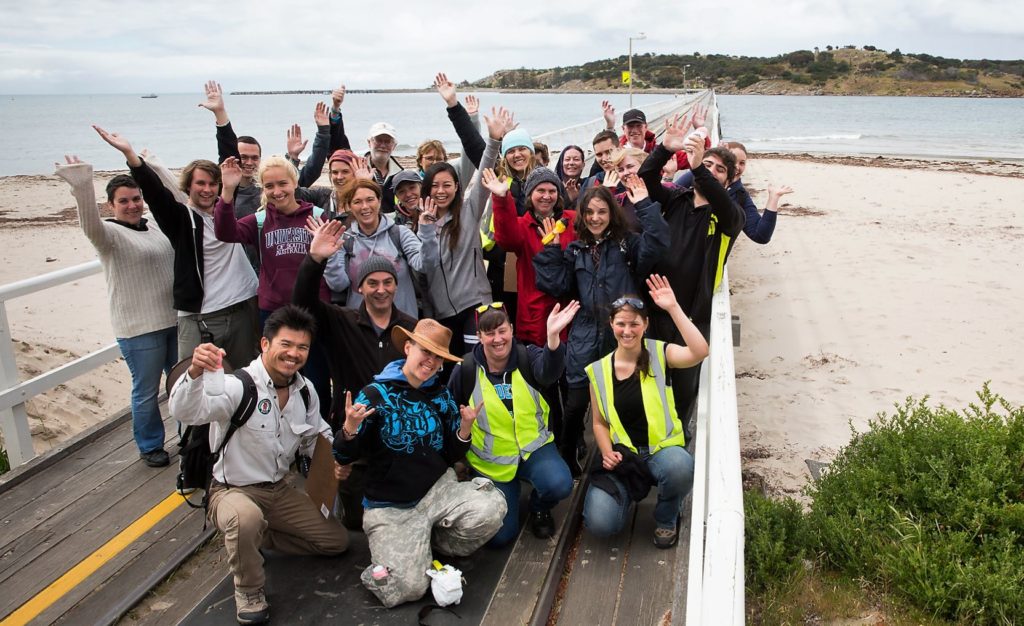
A better understanding of the different calls made by Little Penguins could help conservation efforts, researchers say.
A new study led by Flinders University has found that disparities in habitat, rather than geographic isolation or other factors, seem to be the key driver of variation in the sounds Little Penguins use to communicate.
Birds use vocalisations to attract mates, defend territories, and recognise fellow members of their species.
But while we know a lot about how variations in vocalisations play out between populations of songbirds, it has been far less clear how this variation affects birds such as penguins in which calls are inherited, says Flinders penguin ecologist Dr Diane Colombelli-Négrel.
The latest study by Dr Colombelli-Négrel, from Biological Sciences at Flinders University, and Rachel Smale, from the University of NSW, examines differences in the calls of Little Penguins from four colonies in southern Australia – on Granite Island south of Adelaide, at Emu Bay and Kingscote on Kangaroo Island and west of Adelaide on Troubridge Island in Gulf St Vincent.
Their paper, Habitat explained microgeographic variation in Little Penguin agonistic calls, is published in leading journal The Auk: Ornithological Advances.
Dr Colombelli-Négrel and Ms Smale recorded calls from four Little Penguin populations in South Australia, one of which had previously been shown to have subtle genetic differences from the other three, and used playback experiments to test penguins’ ability to distinguish between calls from different colonies.

“The study of Little Penguin calls was one way of looking at how connected these four populations are to each other and understanding how important that could be for conservation – it’s one of the measures alongside genetics and morphology,” Dr Colombelli-Négrel says.
They found that agonistic calls, which are used in pair displays and aggressive situations, varied among the four populations, and that the calls’ characteristics appeared to depend on small-scale differences in the habitat where the penguins lived.
However, birds did not discriminate between calls originating from different colonies, which suggests that agonistic calls don’t seem to play a role in isolating the two different genetic groups.
Penguins breeding in open habitats produced lower-frequency calls than those breeding in habitats with denser vegetation — the opposite of the trend typically observed in songbirds.
The researchers speculate that agonistic calls may be subject to different selective pressures because they’re used in close encounters with other birds rather than to communicate across distances, and could also be influenced by variation in the noise level of wind and surf.
“I was excited to find that calls were influenced by habitat, as this hasn’t been investigated much in seabirds and most of our knowledge in this area comes from studies on songbirds,” Dr Colombelli-Négrel says.
“This new research suggests that many factors influence call variation in birds, which also depends on the function of the calls.
“This study highlights that many questions remain and that studies need to investigate more than one factor in conjunction with the function of the calls to fully understand call variation in seabirds.”
Meanwhile, Dr Colombelli-Négrel and community volunteers recently completed an annual penguin population census on Granite Island near Victor Harbor. They found an increase of breeding adults in the colony was 28 compared to 16 in October last year.
“Seeing a stable population over the past two years has given us a real reason to be hopeful for the future of Granite Island’s penguins,” Dr Colombelli-Négrel says.
“Breeding season extends until February and we are very optimistic that this year will be as successful as the last.”
The new publication, Habitat explained microgeographic variation in Little Penguin agonistic calls was published in The Auk: Ornithological Advances.
The research was funded by the State Government Adelaide and Mt Lofty Ranges Natural Resources Management (NRM) Board and the Department of Environment, Water and Natural Resources (DEWNR), the Nature Foundation of South Australia, the Lirabenda Endowment Research Fund, and Birds SA.


